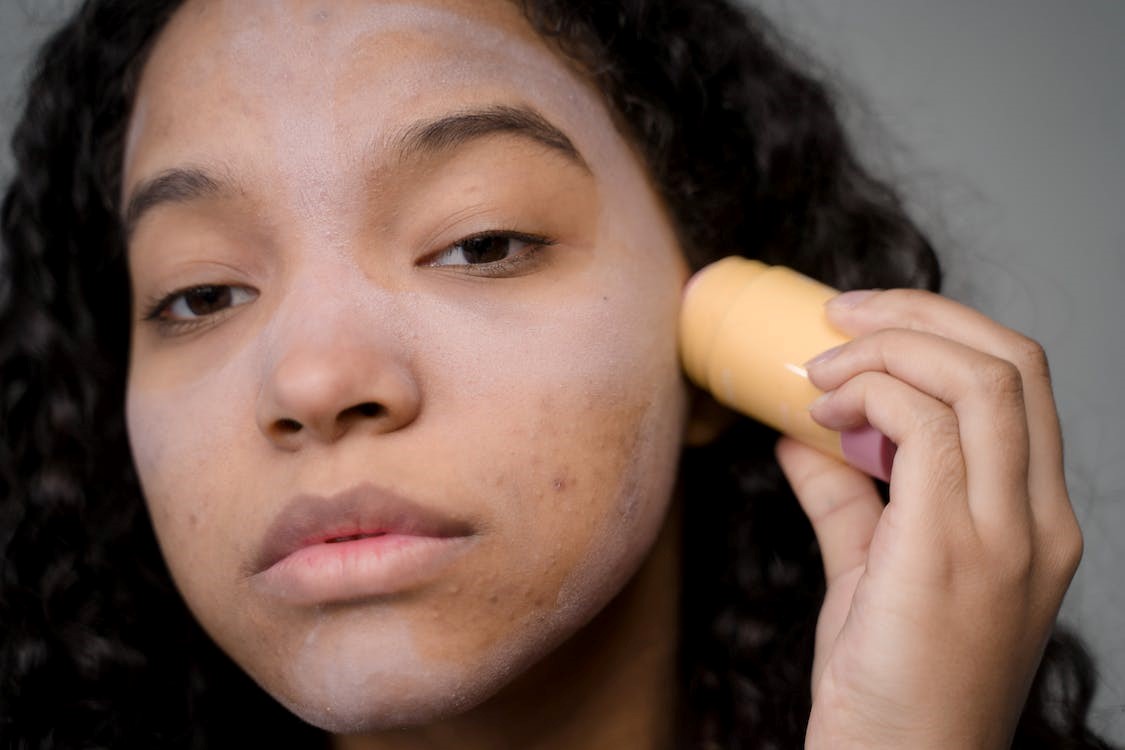Pigmentation is a common skin concern that affects people of all ages, races, and skin types. It refers to the dark patches, spots, and discoloration that appear on the skin, and can be caused by various factors, such as sun exposure, hormonal changes, and genetics. While pigmentation is not harmful to your health, it can be unsightly and make you feel self-conscious about your appearance. If you are looking for ways to remove pigmentation from your skin, this article is for you.
Understanding Pigmentation
Before we dive into the methods of pigmentation removal, it’s essential to understand what pigmentation is and how it occurs. Pigmentation is the result of the excess production of melanin, which is the pigment that gives color to your skin, hair, and eyes. The skin produces melanin to protect itself from harmful UV rays, but when it produces too much, it can result in dark spots, patches, or uneven skin tone.
There are two types of pigmentation: hyperpigmentation and hypopigmentation. Hyperpigmentation refers to an overproduction of melanin, resulting in dark spots and patches. Hypopigmentation, on the other hand, is when the skin produces too little melanin, leading to lighter or paler patches.
Factors That Contribute to Pigmentation
Several factors can contribute to the development of pigmentation, including:
- Sun exposure: Prolonged exposure to the sun’s UV rays can cause the skin to produce more melanin, resulting in dark spots and patches.
- Hormonal changes: Hormonal fluctuations, such as those that occur during pregnancy or menopause, can trigger the production of melanin and lead to pigmentation.
- Genetics: Pigmentation can also be hereditary, and some people are simply more prone to developing dark spots and patches.
- Skin injuries: Cuts, burns, and other skin injuries can also cause pigmentation, as the skin produces more melanin to protect itself.
- Certain medications: Certain medications, such as birth control pills, can cause hormonal changes that trigger pigmentation.
Methods of Pigmentation Removal
Pigmentation is a common skin concern that can be caused by a variety of factors, including sun exposure, hormonal changes, and certain medical conditions. There are several methods available for pigmentation removal melbourne, including:
- Topical creams and serums: Topical creams and serums that contain ingredients such as hydroquinone, retinoids, or kojic acid can help lighten pigmented areas. These products work by slowing down the production of melanin, the pigment responsible for skin color.
- Chemical peels: Chemical peels are a type of exfoliation treatment that uses a mild acid solution to remove the top layer of skin. This can help to reduce the appearance of pigmentation, especially if the pigmentation is superficial.
- Laser treatments: Laser treatments, such as IPL (Intense Pulsed Light) or Q-switched laser, can target the melanin in pigmented areas and break it down, resulting in lighter skin. These treatments are often more effective for removing pigmentation caused by sun damage or aging.
- Microdermabrasion: Microdermabrasion is a gentle exfoliation treatment that removes the top layer of dead skin cells, including pigmented cells. This treatment can help to even out skin tone and reduce the appearance of pigmentation.
- Cryotherapy: Cryotherapy is a process of freezing the skin to destroy pigmented cells. This treatment is often used for removing age spots and other forms of pigmentation.
- Dermabrasion: Dermabrasion is a more invasive treatment that uses a rotating instrument to remove the top layer of skin. This treatment can be effective for removing deep-seated pigmentation, but it can also result in significant redness and swelling.
It’s important to consult with a dermatologist or a qualified skin care professional to determine the best treatment for your specific pigmentation concerns. Some methods may be more effective for certain types of pigmentation, and some may carry a higher risk of side effects. Your provider will be able to recommend the most appropriate treatment for you based on your skin type and pigmentation pattern.


 Home
Home










